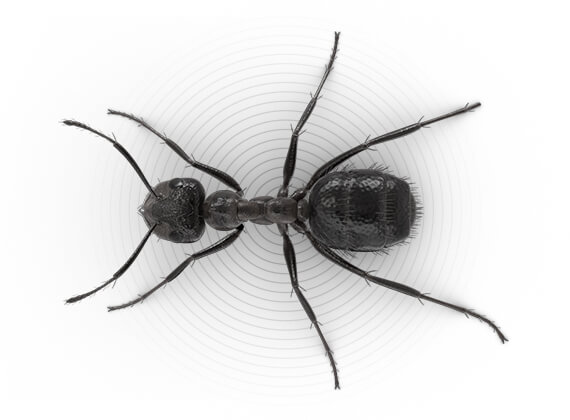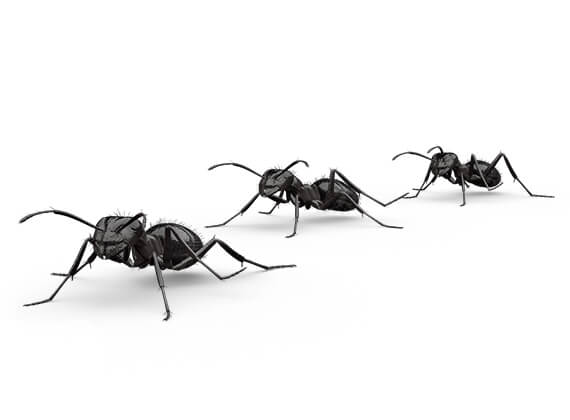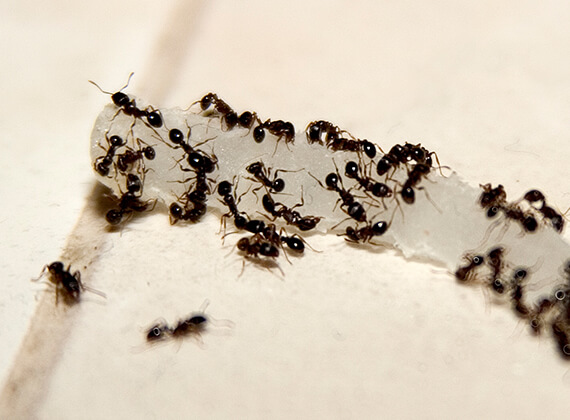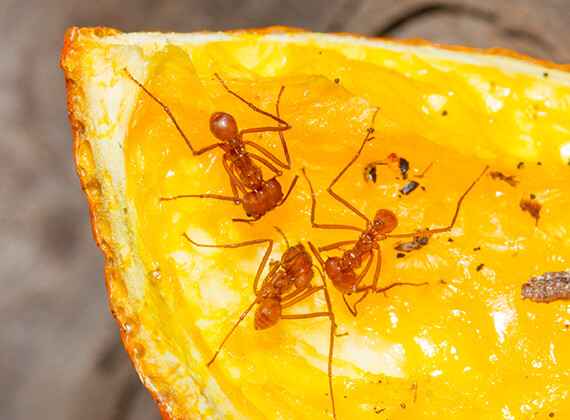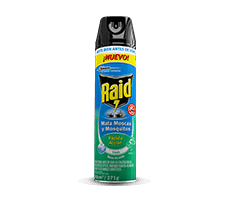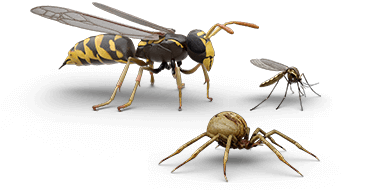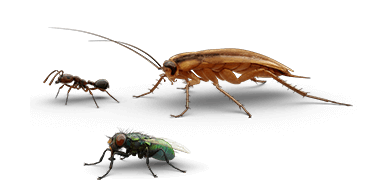Nuisance Ants
Formicidae
-

SIZE
1/16in to 3/8in long
-

COLOR
-

BITE OR STING
Yes
-

WINGS
No
COMMONLY MISTAKEN FOR
General Information
Nuisance ants come inside looking for a tasty treat to bring back to their friends in the colony. Not only can these tiny ants in the house be embarrassing, they can also contaminate your family’s food. Learn more about ants in the home and find ways to help get rid of these uninvited guests.
-
There are many species of nuisance ants that invade our homes. They come in all different sizes and colors.
-
Some species names are pharaoh, Argentine, pavement, and odorous house ant.
-
When one ant finds food or water, they will lay down a chemical trail that guides other worker ants to the source. You will see trails of ants going back and forth from the food or water.
Details
-
Nuisance ants in the home may build their colonies in wall voids or under flooring.
-
Outdoor ant colonies are often built close to the home and are hidden in the soil or under objects on the ground.
-
If you see tiny ants in the house, especially the kitchen, they are likely searching for food to bring back to the colony.
-
Nuisance ants are known to eat many different types of food and they can even change their food preferences during the year.
-
Tiny ants in the kitchen can infest and contaminate your food, which can be a hassle and expensive to replace.
CLEANLINESS IS CRITICAL
-
Remove food spills and exposed food.
-
Store food in sealed containers.
-
Rinse glass, metal, plastic, and paper food containers before recycling/throwing them out.
-
Clean all kitchen surfaces and vacuum spilled dried food often.
-
Avoid leaving dirty dishes in the sink.
-
Clean up any pet food that may have spilled from your pet's dish.
-
Dry out bathtubs and sinks after each use.
-
Keep food out of bedrooms and living rooms.
SEAL UP ENTRYWAYS TO HELP KEEP HOUSE ANTS OUT
-
Caulk any cracks or crevices where tiny ants can enter your home from outside or neighboring units.
-
Make sure your windows and doors are closed tightly.
-
Avoid putting organic mulch next to your foundation, which provides an ideal place for outdoor ants to build their colony and then invade your home.
-
Do not store items like firewood near the home, which provides a convenient outdoor area for ants to live and make a colony.
AVOID COMMON MISTAKES
-
Continue to treat problem areas even after all ants in the home are gone as others can re-invade.
-
When using ant baits, do not place them on areas that have been sprayed with an aerosol or liquid insecticide. Ants traveling over sprayed areas will die before they have a chance to bring the bait back to the colony
